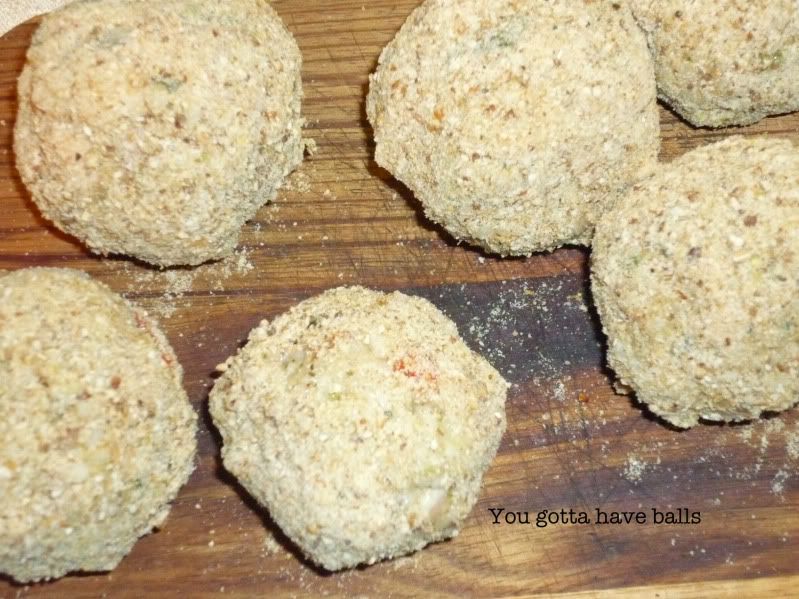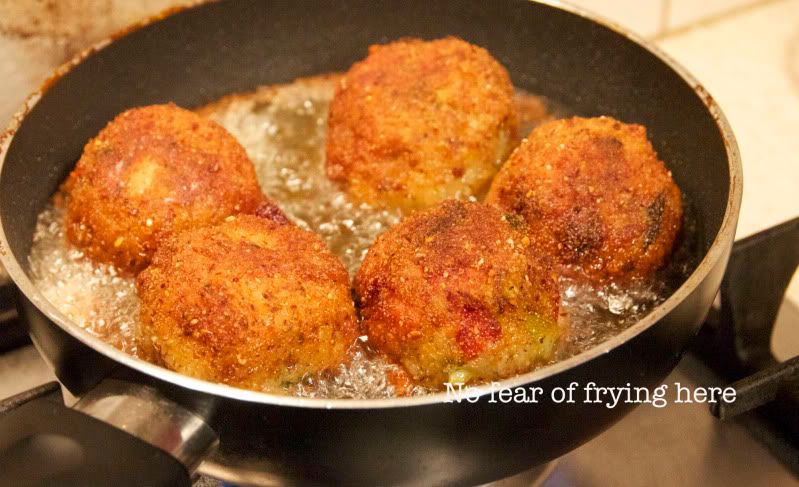A few years ago, I left the town I’d lived in for over 20
years because there wasn’t any reason left to stay any more. And because the time was right, the leaving
was easy. But of course there’s stuff
you miss: friends, walks along the
river, friendly faces down the street, and my wholefoods shop.
Yes, my wholefoods shop.
There was a time when it was my shopping hotspot: 3/4 of my household food budget was spent on
fruit, veg, and stuff bought at the wholefoods’, and 1/4 at the
supermarket. It wasn’t just that what I
bought there was wholesome and cheap, but I loved the experience of shopping
there. I’m sure that there must have
been times when I was rushed and cranky and would have wished for the
convenience of rushing in and picking up a pre-packaged kilo of whatever
wholegrain goodie I needed, but I can’t remember any. I just remember shopping there as an
unrushed, almost meditative activity, like grocery shopping seldom is any
more. Go in, grab a baggie, open up a
bin full of wheat, soybeans, or oats, scoop some out with the metal cup and
fill the baggie up. Weigh out a jar
you’ve brought and fill it up with honey or tahini. Help yourself to the precise amount of herb
or spice you need from the dozens of jars on the counter. Grind your own peanut butter. Order a soft-serve banana “ice cream”, made
by running whole frozen bananas through the Champion juicer.
I don’t have a wholefoods place nearby any more. I’m sure my diet suffers because of it (where do I buy large quantities - but not bulk - of non-GM soybeans for my unused soymilk maker?), but even if I did have
one, I wonder whether I’d get the same pleasure. After all, I was a stay-at-home mum in that
small town, and although time was still at a premium, I was able to set some
aside for shopping there. These days I
hold down jobs, plural, and what would I do?
I don’t know.
But a couple of days ago I found myself in my old
town. It is still so familiar, but I
feel so foreign in it now, except in once place. For the first time in 3 1/2 years, and urged
by my younger son who has been craving that peanut butter all this time, I went
to my wholefoods shop.
I scooped up burghul, quinoa, chia seed, and
three-grain porridge into baggies, let my son grind up not one, but two
containers of peanut butter and pour out some gorgeous red stringybark honey, and
bought a massive container of the best fruit mince in the world – citrusy and
rich, but without the customary suet.
And we had an awesome time. Heaps fun. Sure: I didn’t buy anything so
exotic that couldn’t have been picked up (albeit in smaller quantities) at the
supermarket, but would the experience have been as good? My grin as I walked out of the wholefoods
shop munching on an almond-coated fresh date treat could have told you all you
need to know.
A two-and-a-half-hour drive home later, I put the barley
and chickpeas I bought to good use and kept the good vibes going as the temperature
dropped outside and I cozied up in the warmth of the place – and person – I am
not foreign to these days.
BARLEY AND CHICKPEA HOTPOT WITH CHORIZO AND CHARD
OK, yes: this does
contain rather a lot of oil. But it
makes for such a luscious dish and delicious juices that you’ll be begging to mop up
with good bread. Go on – thanks to all
those good ingredients, it won’t hurt you.
(6 servings)
(6 servings)
Ingredients:
1/2 cup olive oil, or EVOO and vegetable oil, half and
half
1 red onion, roughly chopped
4 garlic cloves, roughly chopped
4 chorizos, sliced
1 cup barley, washed
2 cups cooked chickpeas
1 bunch Swiss chard (silverbeet), stalks and leaves
separated
4 cups water
2 tbsp. tomato paste
Salt and freshly ground pepper to taste
What you do:
1. Heat olive oil
in flameproof casserole over medium heat.
Add onion and garlic, and sauté, stirring occasionally, until onions are
translucent.
2. Add chorizos,
barley, chickpeas, sliced chard stalks, water, and tomato paste. Bring to the boil, then cook at a high simmer
for 30 min.
3. Add chopped
chard leaves, and salt and pepper to taste.
This isn’t a soup, but there should be just enough liquid left over in
the bottom of the pot to steam the chard; if there isn’t, add a little
water. (Not much - 2 tbsp.
maximum.) Increase heat to high, jam lid
on, and cook for 10-15 min, stirring once or twice, until chard is cooked
through. Serve hot.
 |
| Yumbo McGillicutty! |














